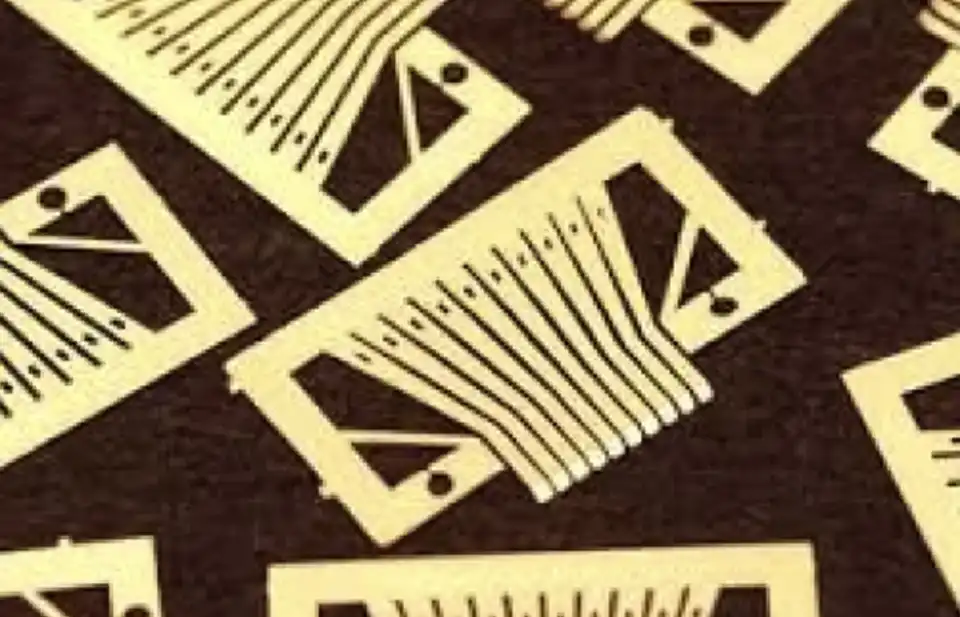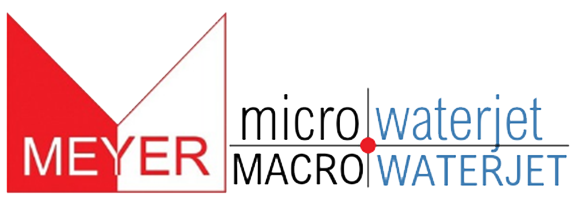
Waterjet Cutting vs. Chemical Etching
Chemical Etching, also known as photo etching or photo chemical etching, is a chemical process that can create through features and surface features in various materials. It uses a chemical material to create permanently etched details on specific surfaces. This process is particularly precise when used on thin materials. We are going to cover details and compare the chemical Etching process to the Microwaterjet® one.
Advantages of Chemical Etching
Creating Multiple Features at Once
Since chemical etching does not use tooling, the material is submerged in a chemical bath, where all features are “etched” at the same time. This allows consistent results for the finished parts.
Accurate Location Tolerances (on Close-Knit Features)
Small parts and tightly nested features are a good fit for Chemical Etching. The initial mask created results in a resistant coating that is precise and consistent for these small features.
Small Web Width
Since this process does not use tooling, there are no outside forces upon the workpiece. This allows for extremely thin walls to remain after the etching process is complete.
Controlled Depths
The amount of material that is removed by etching is controlled by time. With a limited amount of time, the process can be stopped before features continue through the workpiece.
Disadvantages of Chemical Etching
Only Compatible With Metallic Materials
This process is only compatible with metallic materials such as stainless steel, titanium and copper.
Thickness of Material Can’t Be More Than Feature Size
Since thicker materials require more time to be etched with through features, an aspect ratio greater than one cannot be achieved.
Difficulty Creating Straight Walls in Etched Areas
Especially with thicker materials, the chemical will etch in all directions over time. Therefore, through features can end up with concavity through the thickness of material.
Difficulty Achieving Consistency in Long Project Runs
The chemical solution must be kept optimized for consistent results over long durations. As the solution etches material, it becomes contaminated and must be closely maintained.
How the Microwaterjet® Excels Over Chemical Etching
The Microwaterjet® process offers some key advantages for your products over Chemical Etching:
High Aspect Ratio
Our Microwaterjet® process is capable of cutting up to a 300:1 aspect ratio.
Capable of Cutting Nearly Any Material
Metallic, plastic, glass, ceramic and sintered materials can be cut using the Microwaterjet® process.
Thickness of Material Has a Wider Range
Depending on the required tolerance, Microwaterjet® is capable of cutting materials as thick as 0.25” with a negligible kerf angle.
Which Cutting Solution Is Right For You?
Want to learn more about why waterjet cutting with the Microwaterjet® may be the right solution? Get in touch with Meyer Tool Huntersville today and find a cutting solution that can fulfill your product’s cutting needs.
